SHARRYLAND
Experience the Map of Wonders
What to do near Airola, BN
Results ( 45) for: " Airola, BN, Italia"
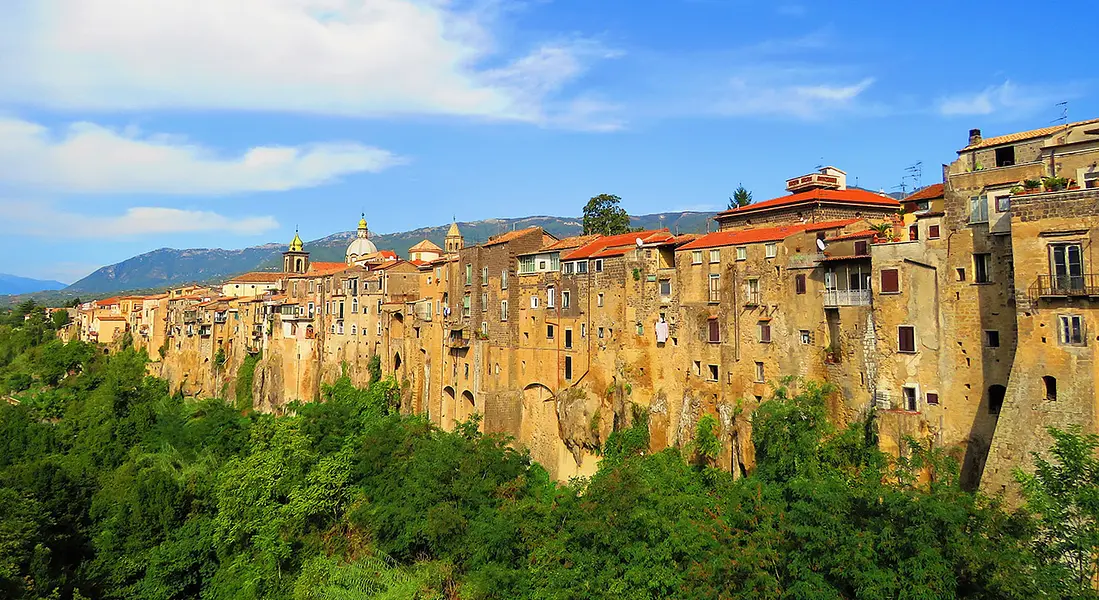

Sant'Agata de' Goti, village of Sannio
You cross a bridge and it's like going back to the time of the Norman dukes
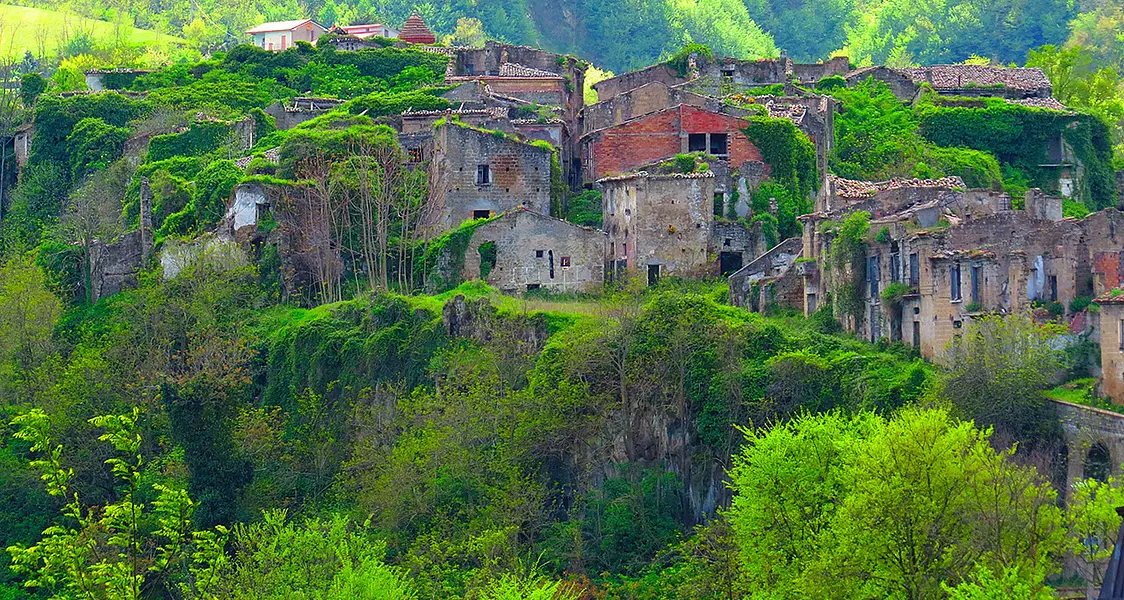

The ghost town of Tocco Caudio
Mysteries and magic in the forgotten village
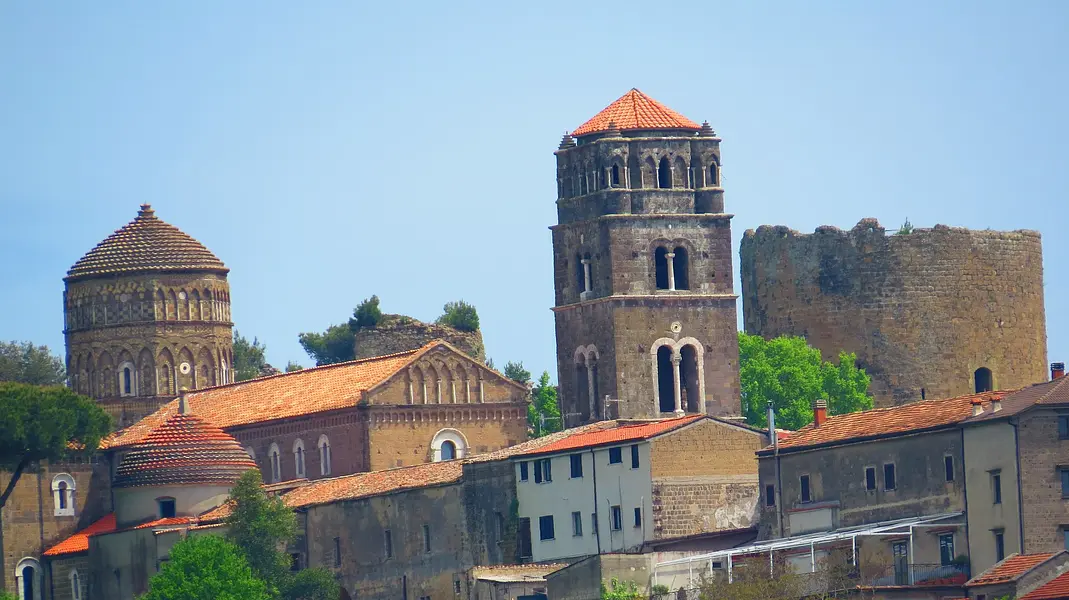

The village of Casertavecchia
At 400 meters above sea level and 10 kilometers from Caserta, there is an ancient haven of peace: narrow streets and stores, the square, fresh air and views, not to mention the cathedral, the dome and the Hawk Tower...
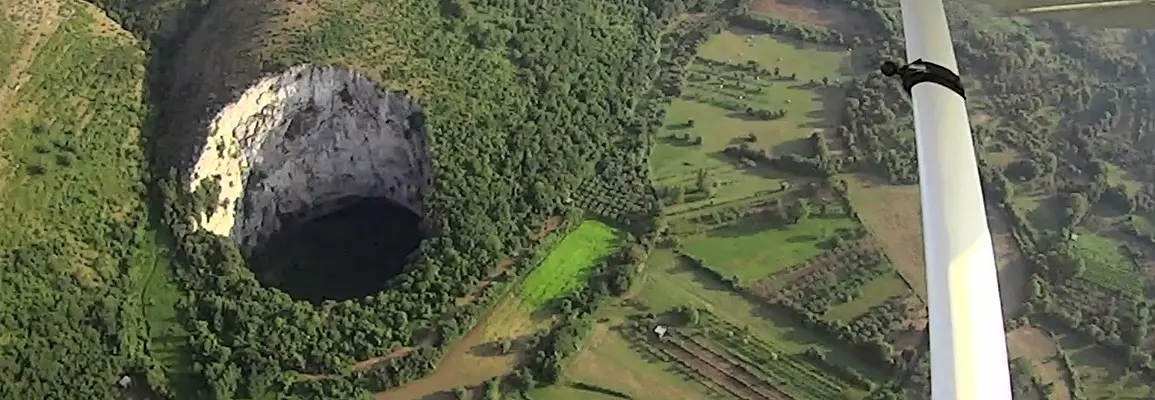

The "Comole" of Castel Morrone
Millions of years ago the earth on the flank of Mount Fioralito suddenly sinks. Two huge, sheer-walled craters open up: two openings to enter (carefully) into the bowels of the earth.
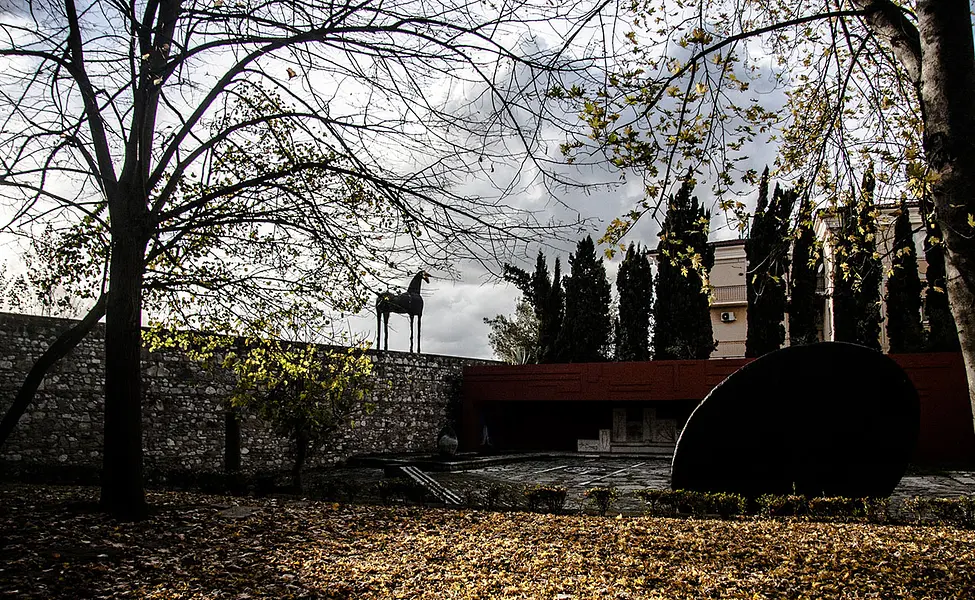

Hortus Conclusus Benevento, contemporary marvel
"A work of silent magic."


Pasta and beans in a loaf of bread
One of the typical dishes of Irpinia, linked to the peasant civilization. This dish used to be eaten by workers in the fields during lunch break. A delicacy that has remained intact as it was then!
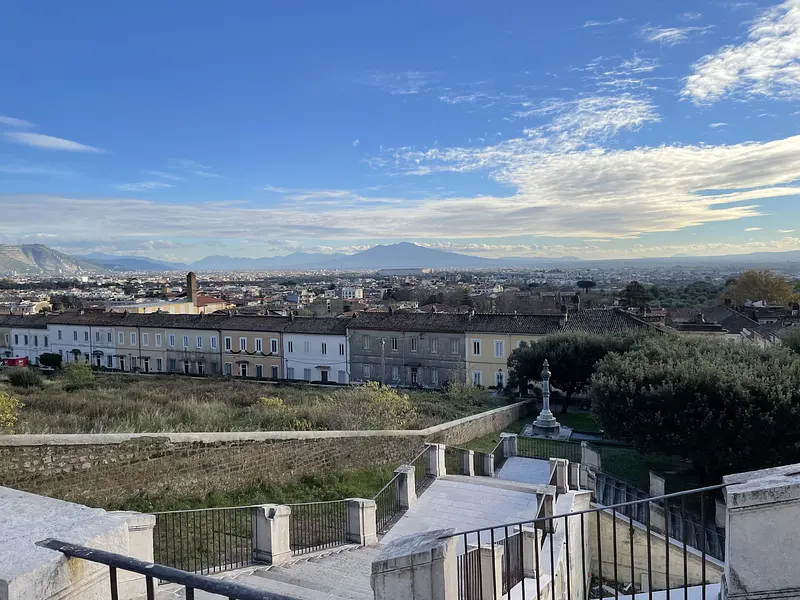

Belvedere of San Leucio
A royal residence, an old spinning mill and the memory of a dreamed but unrealized utopia. All topped with a spectacular view of the city of Caserta.
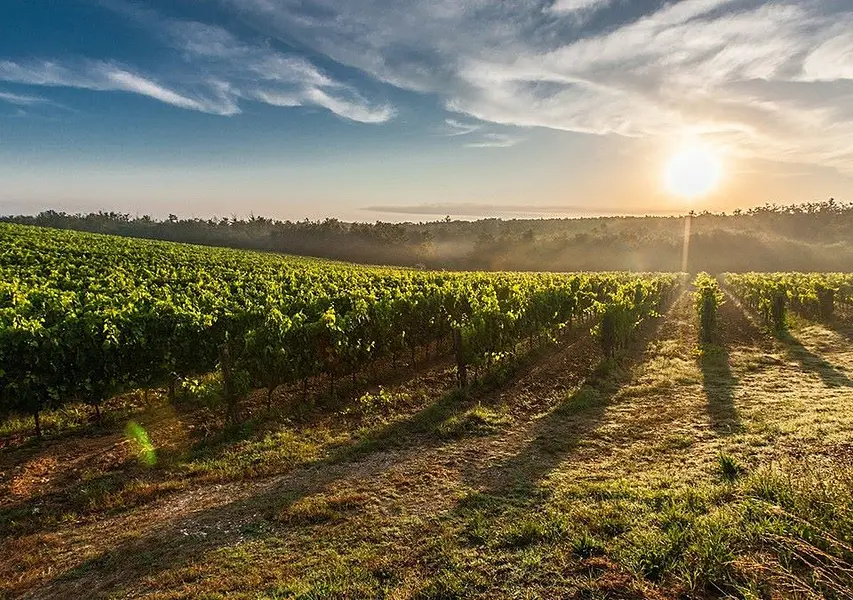

The landscape of Falanghina del Sannio
A precious commodity, Falanghina wine, has been produced here for generations. Scents, sensations, colors always different according to the seasons.
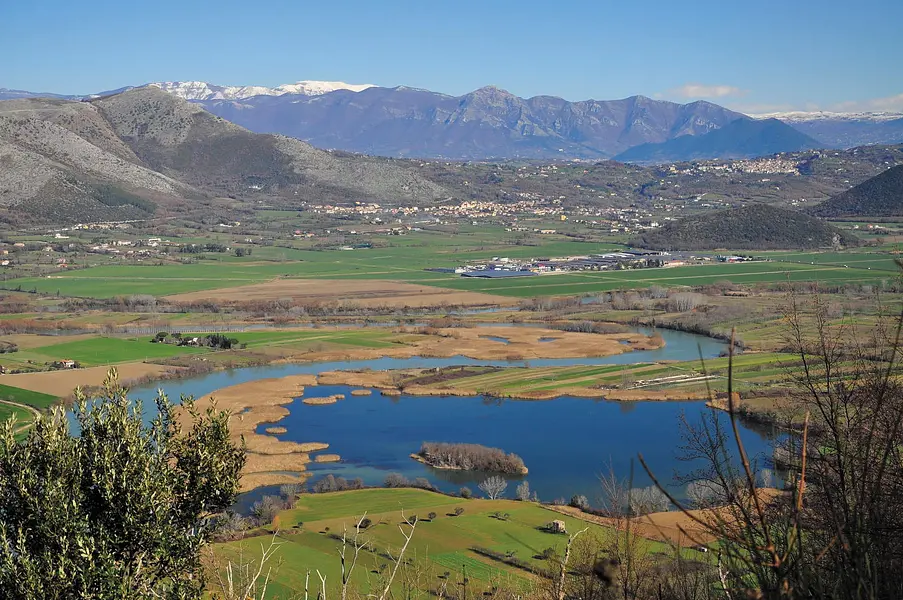

Oasis Le Salicelle
Here the water of the Volturno River invades the land and creates ecosystems: reeds, willows and poplars become a stopover for migratory birds and the realm of waders, grebes, raptors... A paradise for birdwatchers.


Sannio's "Cities of Ceramics"
Two villages and a tradition: in the heart of "cerretese" art
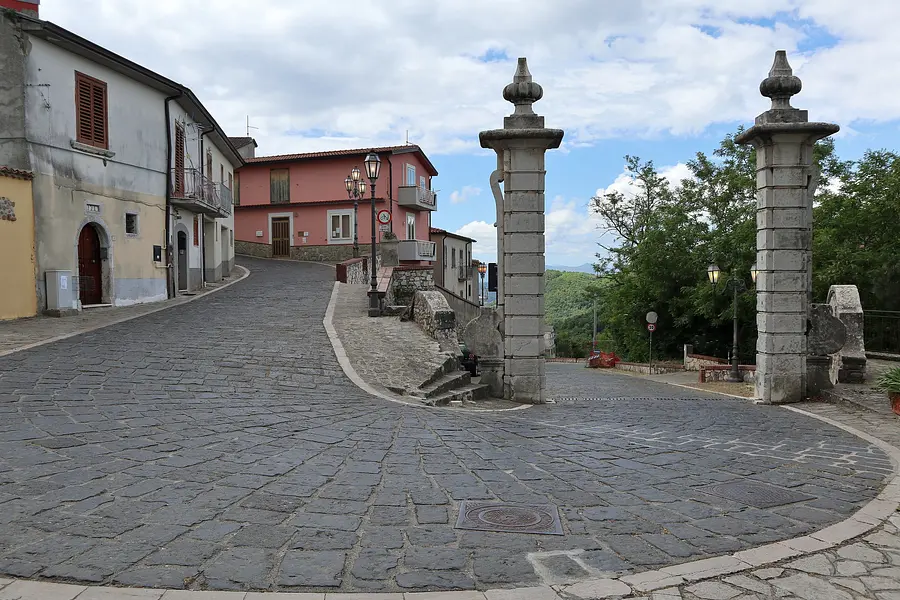

Montefusco, the village among the vineyards of Irpinia
On the border between the provinces of Avellino and Benevento lies the village rich in history and charm. Spectacular is the surrounding landscape where vineyards of the prized Irpinian and Samnite wines stretch out.
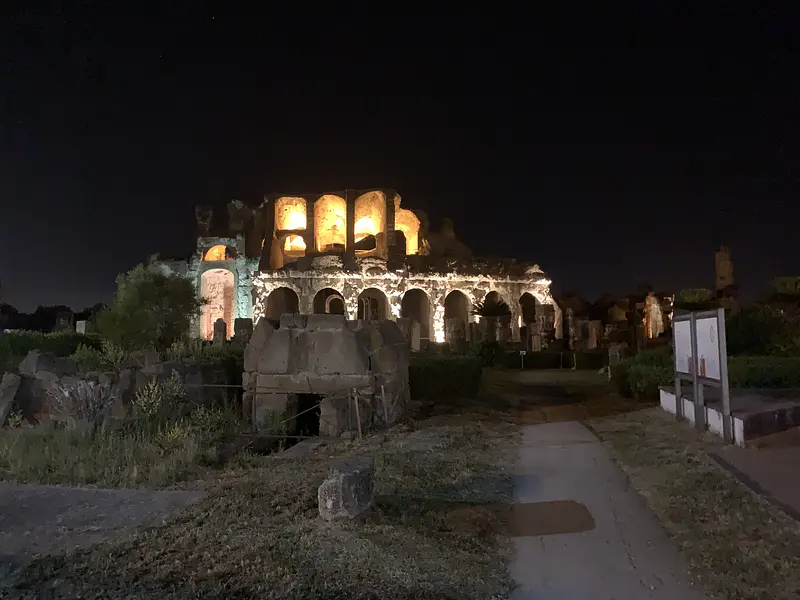

Campanian Amphitheater
A ruined giant, second in size only to the Colosseum. According to some legends, it was precisely for the construction of the Colosseum that inspiration was taken from the Campanian Amphitheater.